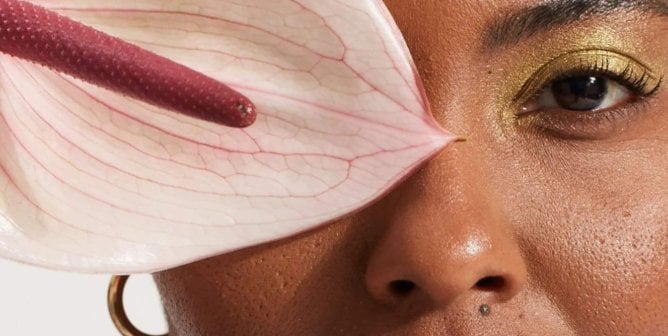The following article was written by peta2 youth marketing coordinator Helena Soh.
So you may or may not have heard recently about how Urban Outfitters mistakenly sold real fur labeled as “faux.” After discovering that a sweater he purchased from the store actually contained real fur, vegan activist Joshua Katcher, who blogs at The Discerning Brute, publicly asked Urban Outfitters for an explanation.
Urban Outfitters then responded by apologizing for its “unacceptable mistake” and said that the error originated from the product vendor’s factory. “We sincerely apologize for this unacceptable mistake,” the company says. “We take our agreement with PETA to stop selling fur seriously and want to uphold our promise.” We’re glad to hear it, UO! Urban Outfitters took responsibility and immediately pulled the item. We just hope that this also makes other retailers more conscious of which vendors are providing them with their faux fur.
It’s times like these that remind us that while many retailers do their part to show compassion for animals, it is ultimately up to us—the consumers—to make educated choices about what we’re buying. So how are we supposed to know if what we’re buying is faux, “faux sure”? Well, take it from Joshua—distinguishing real fur from faux fur can be as easy as one, two, three:
- Separate the fur and look at the base. Genuine fur usually protrudes from skin or leather, while faux fur generally has a mesh or threaded backing. If the backing looks like skin (which just makes it doubly gross!), don’t buy it.
- Look at the tips of the hairs. Real animal hairs taper to a fine point unless they have been sheared or cut. Faux fur, on the other hand, typically does not taper at the ends. So if the ends of the hairs taper to a fine point, play it safe and leave it on the rack.
- Do a burn test (obviously, this one’s only for things you already own). Remove a few hairs and hold them with tweezers over a nonflammable surface. Light them with a match or a lighter and let the smell do the talking. Burning animal hair smells like burning human hair. Fake fur, which is commonly made from acrylic or polyester, smells like melting plastic when burned.
Good thing the Truth in Fur Labeling Act—which requires that all products containing any animal fur, no matter how little, be labeled by species and country of origin—will be in effect soon!
Until then, I think we can all agree that these are simple and easy steps—but that they make a BIG difference. Buying something that has real fur in it, even if it’s “mostly” faux, means one more bunny, raccoon, or fox—or even a cat or dog—probably got skinned alive or anally electrocuted for the sake of “fashion.” And NO coat, sweater, or hat or any other item is worth that kind of suffering.






